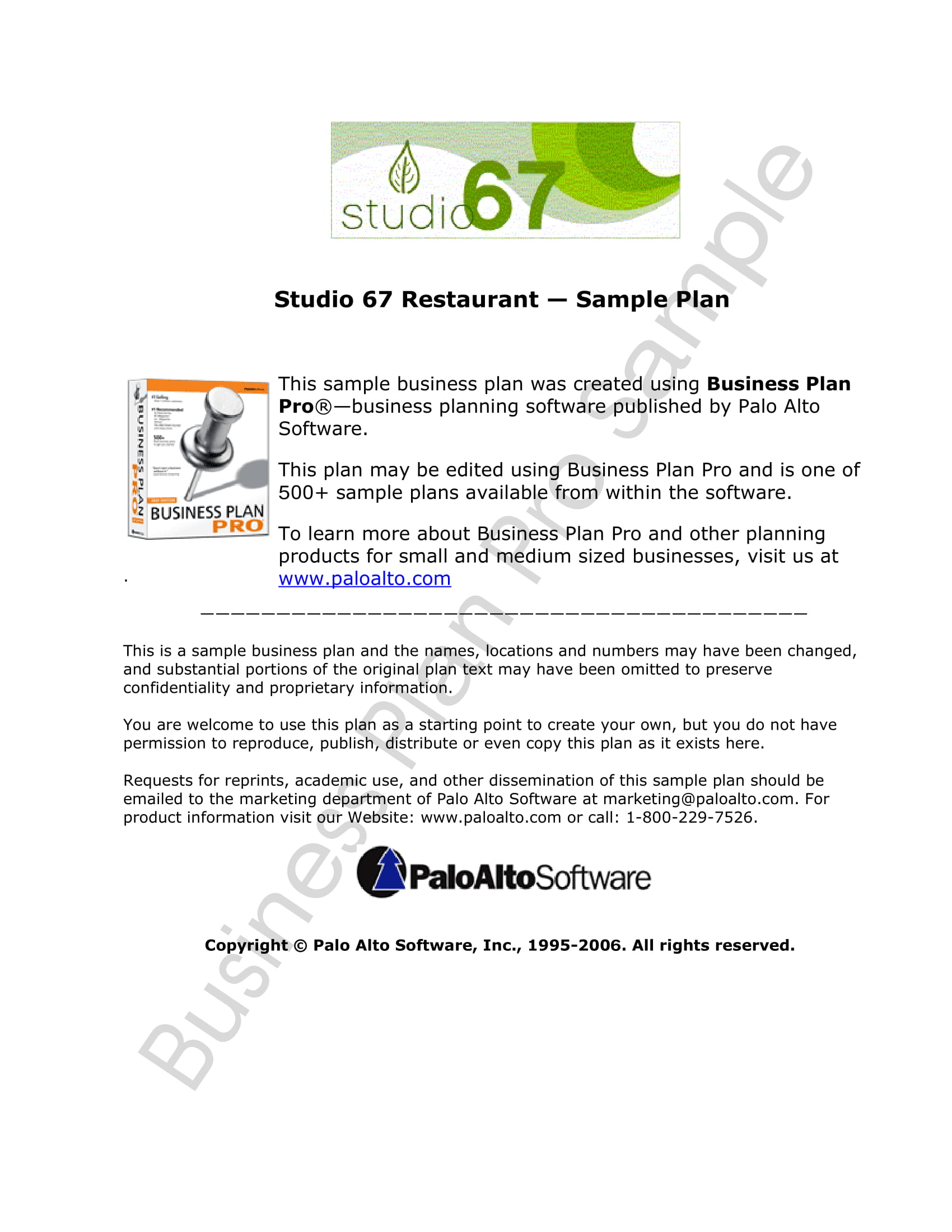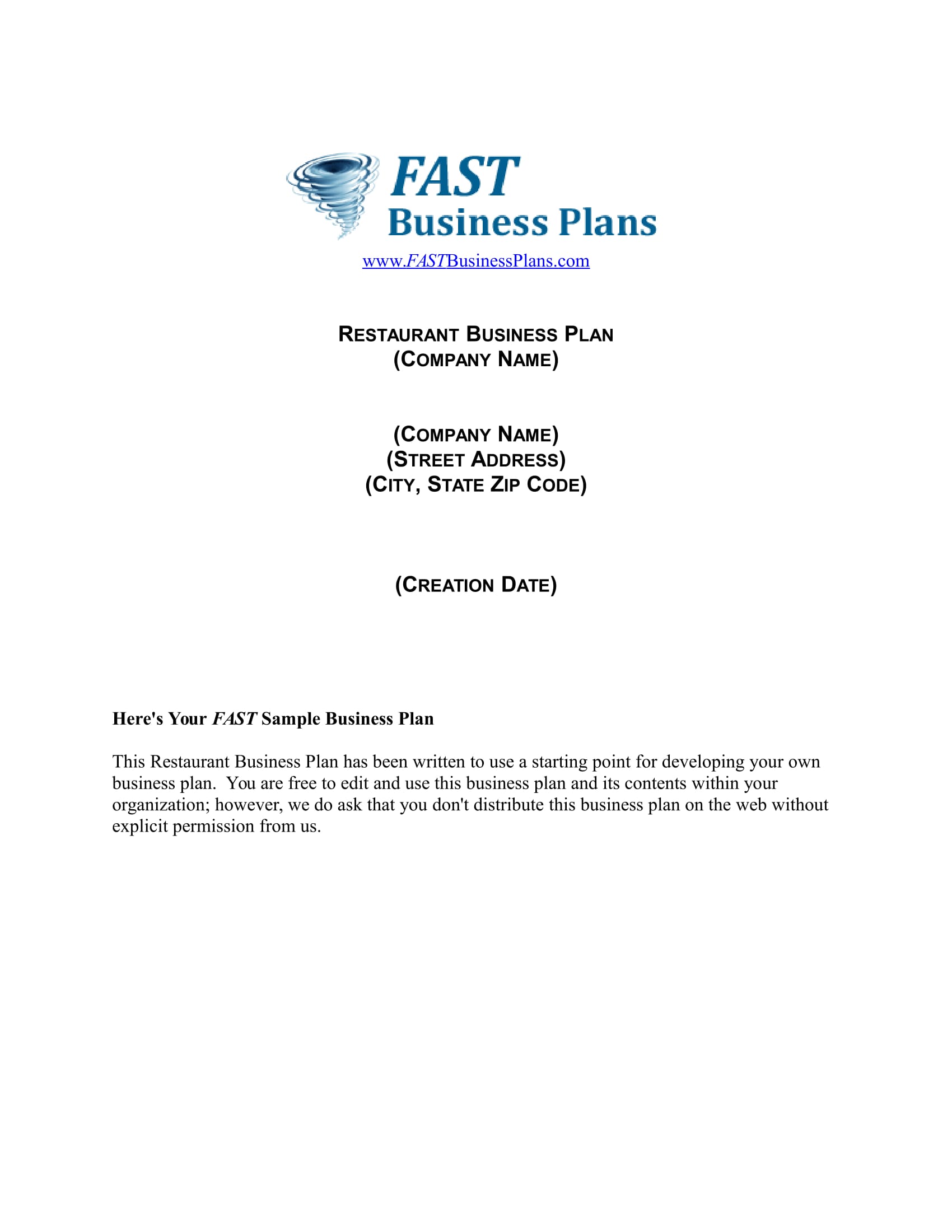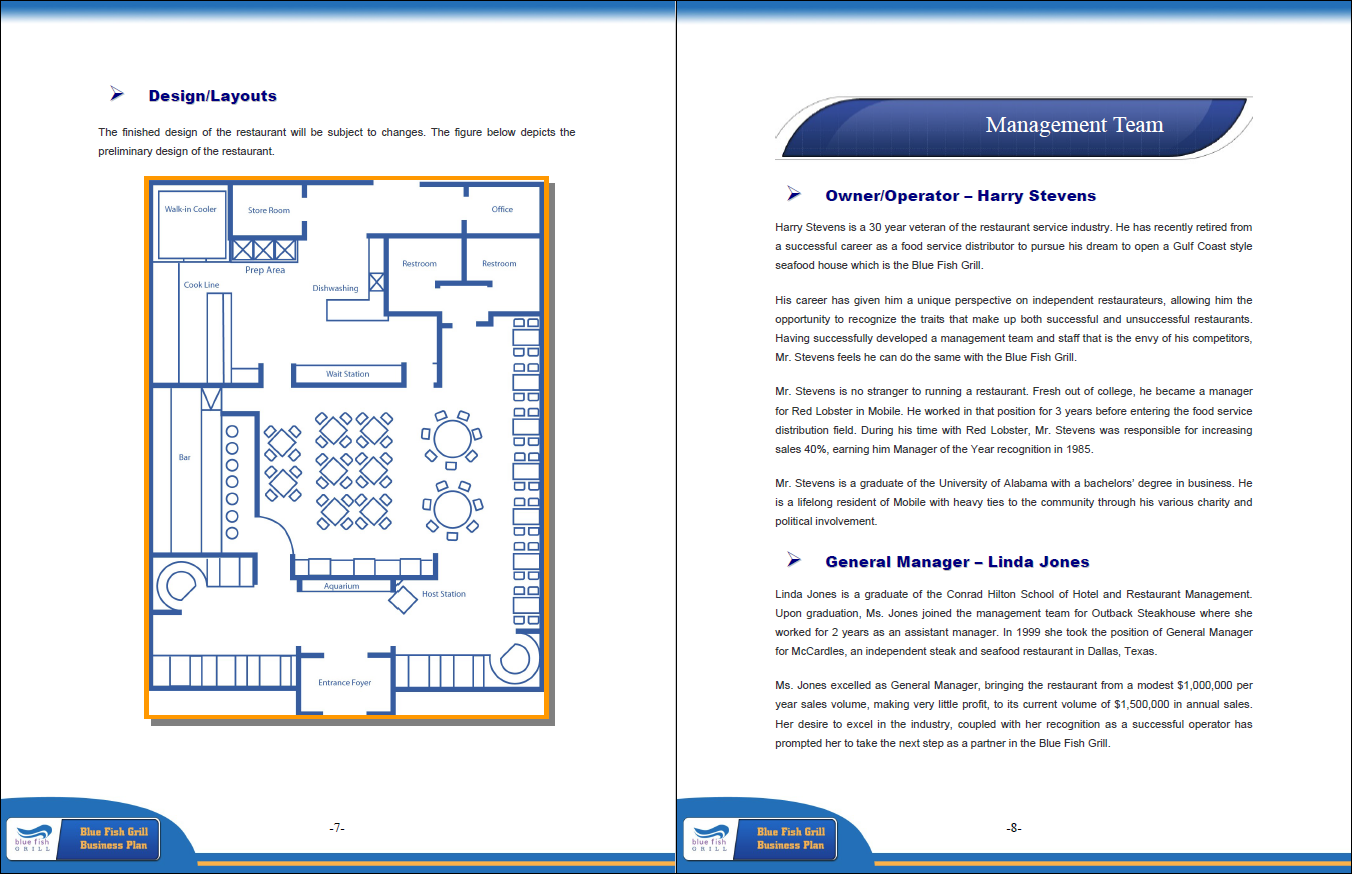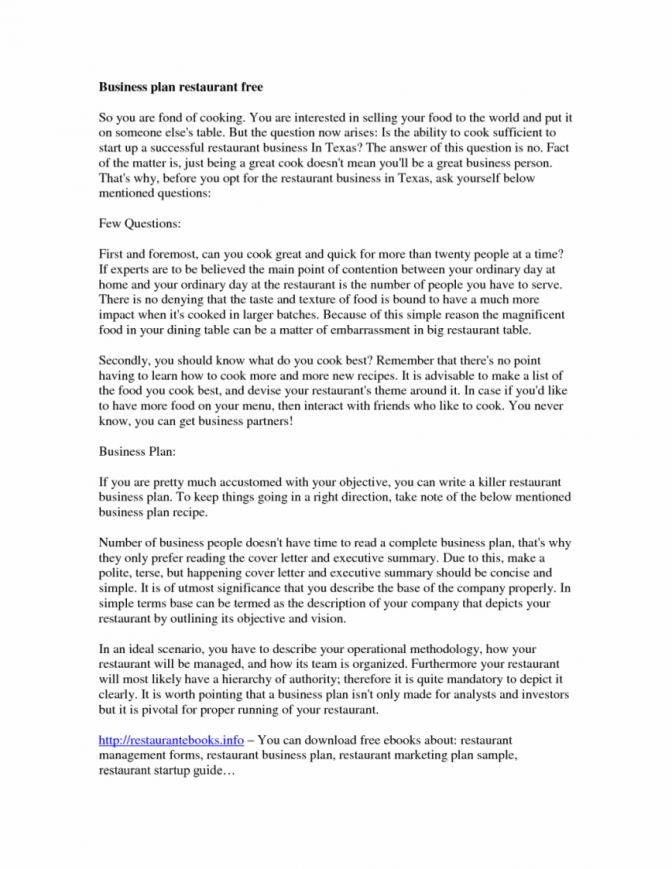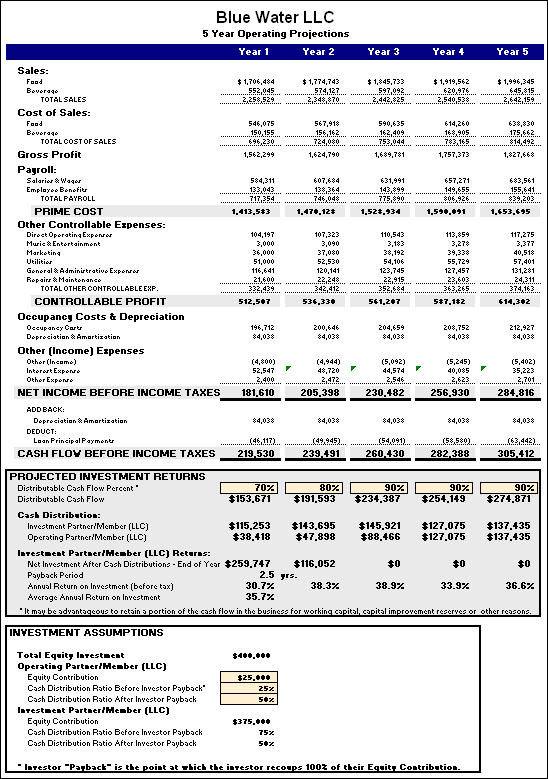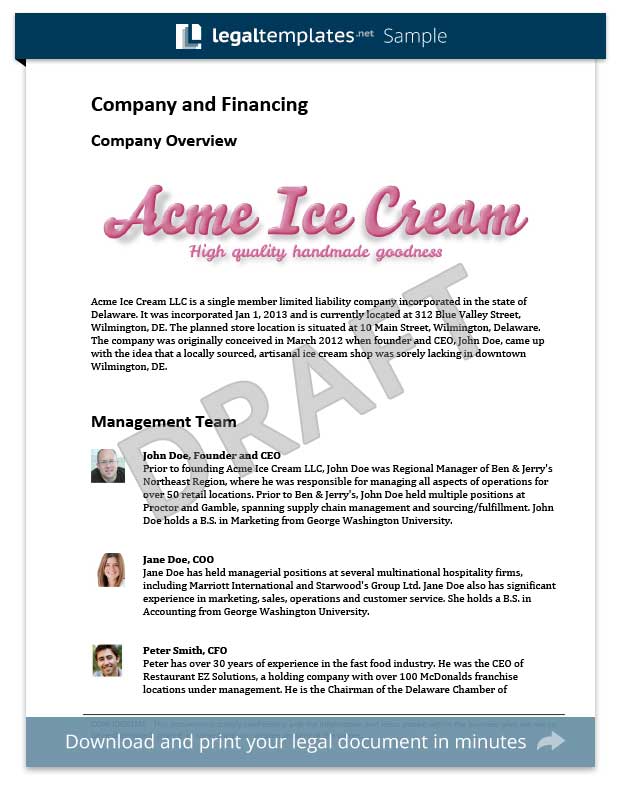11+ Restaurant Operational Plan Examples to Download
Starting a restaurant is a profitable business endeavor. The simple reason is that there’s always a market for restaurant businesses. People love to eat and people love to spend money on quality food. As long as the prices are reasonable and the food is good, a restaurant can rack up its revenue and profit. There are many things to plan and prepare for opening a restaurant. One of those is the restaurant’s daily operations. You should know that if you plan to launch a restaurant business. For that matter, you can take advantage of our Restaurant Operational Plan Examples!
11+ Restaurant Operational Plan Examples
Restaurant Operational Plan Template Example

Restaurant Business Operational Plan Example
Sample Plan for Restaurant Example
Table of Contents for Restaurant Operation Plan Example
Quick Template for Restaurant Operation Plan Example
Cover Page Restaurant Operational Plan Example
Layout and Management Team Restaurant Plan Example
Free Restaurant Operation Plan Template Example
Financial Statement Restaurant Plan Example
Restaurant Management Team Plan Example
What Is a Restaurant Operational Plan?
A restaurant operational plan is a document that outlines the strategy of a startup restaurant’s operations. It’s a guide for the restaurant management team in facilitating daily activities. A restaurant operational plan summarizes every activity from the kitchen to the dining area. It also discusses the specific roles of each restaurant staff, from the restaurant manager, chefs, dishwashers, waiters, waitresses, and receptionists.
How to Prepare a Restaurant Operational Plan
Here are four useful tips to create the best operational plan for your future restaurant or cafe business.
Tip 1: Specify Long-Term and Short-Term Objectives
Setting goals is not only for business plans and marketing plans. Operational plans benefit from it as well. You should set both short-term and long-term goals. Goals give you a blueprint on what you want to accomplish, thus making you more effective and efficient in doing activities that assist you in achieving the goals you set.
Remember that the operational plan is linked to your daily operations and that the details you write will be applied in conducting your daily business activities. That’s the reason why you should carefully analyze first before you set professional goals. Setting realistic goals will help your restaurant from suffering financial struggles.
Tip 2: Specify Operational Activities
The next thing you should incorporate in your operational plan is daily activities. As mentioned earlier, the operational plan is directly related to your restaurant’s daily operations. If you don’t list the specific activities of your business, there’s no point in structuring an operational plan.
Restaurant operations mainly involve food preparation, dining service, and purchasing ingredients from suppliers. Below are examples of restaurant activities that’ll likely be part of your operational plan:
- Purchase X kilos of ground beef and X kilos of tenderloin slices from a meat supplier.
- Purchase X kilos of tomatoes, X kilos of onions, and X kilos of cabbage from a vegetable supplier.
- Three kitchen staff (one chef and two assistant cooks) will be performing cooking duties while three servers will be taking orders and assisting customers in their concerns or queries.
- Kitchen staff and servers should arrive in the restaurant two hours before the opening time for clean-up and food preparation duties.
Tip 3: Incorporate Strategies
Incorporating strategies is essential for the success of an operational plan. They enable you to tailor-make your operations to bring out the best in your restaurant business despite certain challenges. You’ll have a clear roadmap on how to piece together your operational plan.
Listed below are some of the strategies you may incorporate for your business, in this case, restaurant business:
- SWOT Analysis – This strategic method focuses on analyzing your business’s internal and external environment. SWOT stands for strengths, weaknesses, opportunities, and threats.
- PESTLE Analysis – When SWOT analysis studies both internal and external factors, PESTLE analysis focuses solely on the external environment. PESTLE stands for political, economic, social, technological, legal, and environmental.
- Porter’s Five Forces – Porter’s five forces are similar to PESTLE analysis as it also studies the external environment, specifically your business’s competitors. The five forces are threats to new entrants, the threat of substitutes, the bargaining power of customers, bargaining power of suppliers, and industry rivalry.
- Growth-Share Matrix – Also similar to general SWOT analysis, the growth-share matrix focuses on the internal environment specifically the company’s business units. This strategic method helps the company allocate resources and also aids the company in brand marketing, product management, strategic management, and portfolio analysis.
- Balanced Scorecard – Balanced scorecard also analyzes the internal environment and is mostly used by managers to keep track of the execution of activities by staff and also to monitor the consequences arising from those actions.
Tip 4: Create a Timeline
For your restaurant operational plan to be effective, it needs to include a timeline. The timeline summarizes your restaurant’s activities chronologically. Having a timeline helps your staff to stay focused on the task at hand. Additionally, it helps them set priorities on the important tasks that they must work on immediately and bookmark tasks for a later time.
All businesses create a timeline for their short-term and long-term objectives. Your restaurant should also do the same for smooth-sailing operations.
FAQs
What does restaurant forecasting mean?
Restaurant forecasting is the process of predicting a restaurant’s future sales by analyzing previous sales records and customer trends and demands. It helps restaurant businesses to plan their menu and operations ahead of time.
What types of restaurants are the most profitable?
Fine dining restaurants aren’t the most profitable. According to Small Business Trends, these are the top 10 most profitable restaurant types:
- Bars
- Diners
- Food trucks
- Delivery-only restaurants
- Farm-to-table restaurants
- Vegetarian restaurants
- Pizzerias
- Pasta restaurants
- Quick serve or fast food restaurants
- Buffet restaurants
Why do some restaurants fail?
The main reason why many restaurants fail is simply a lack of proper management. That includes poor budget planning, poor marketing tactics, bad business location, and so much more. A restaurant is a delicate business. If you overlook one mistake, it might close its doors in a few weeks or months time.
Planning is always the key to open a successful business. Your restaurant’s operation is its life. That said, you have to look into the tiniest details, from the quality of your ingredients, your staff’s performance, and your restaurant’s ambiance. Every detail in the restaurant operations count. So, plan it well with the aid of our Restaurant Operational Plan Examples.




